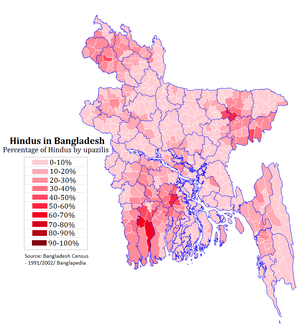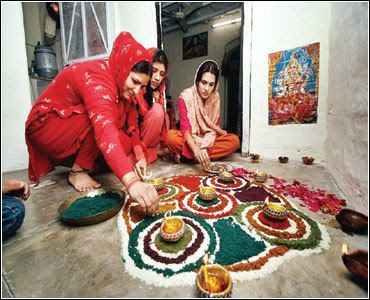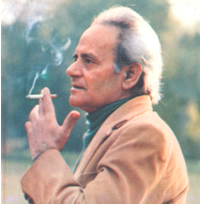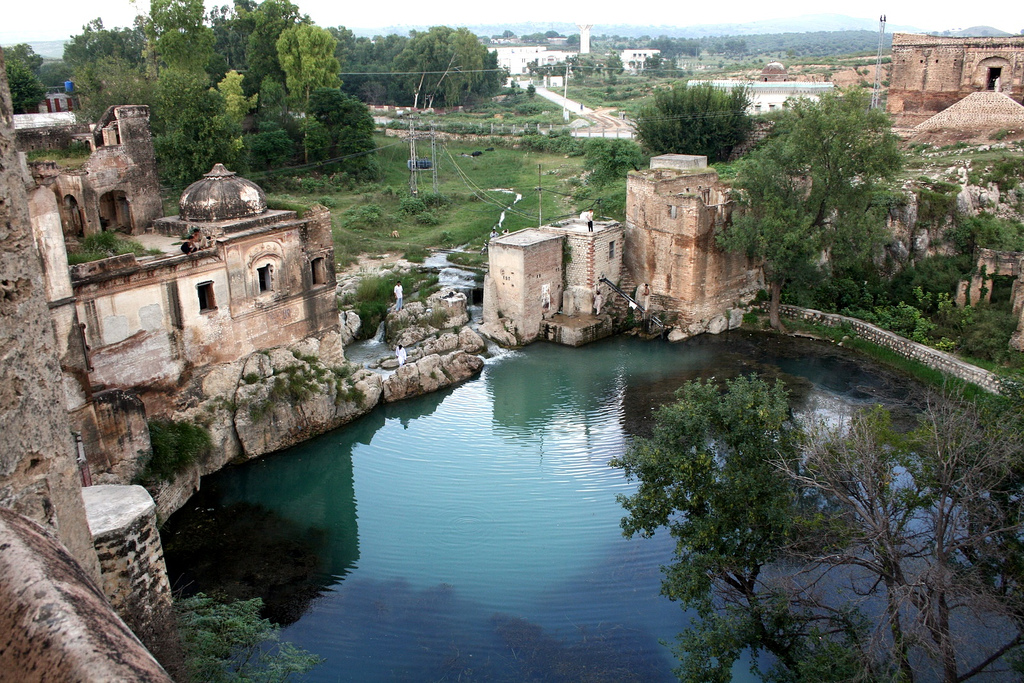Lahore, Nov 25 (ANI): A delegation of around 112 Hindus has reportedly arrived in Lahore to celebrate the birth anniversary of Kartikeya, the son of Lord Shiva, at Katas Raj temples.
Katas Raj, a group of temples, is one of important worship places for Hindus in Pakistan. A pond at Katas Raj came into being because of tears of Lord Shiva on the death of his wife Satti.
According to Hindu mythology, Kartikeya was created from Shivas third eyes six sparks. Shiva created him to destroy a demon called Soorapadma.
Kartikeya rides on a divine peacock and carries a divine spear as a weapon.
Krishna Temple General Secretary Sunny Kumar, who welcomed the Hindu pilgrims on behalf of all Pakistani Hindus, said: Kartikeya is also known as Kartik. He is considered the most handsome among all the deities, an eternal bachelor, destroyer of all ills and the commander-in-chief of the gods army. He is said to have killed the demon Tarakasura and saved the universe from eternal darkness.
Kartik is worshipped individually during Kartik Puja. Durga, Lakshmi, Saraswati and Ganesh are worshiped in addition to him during Durga Puja, the Daily Times quoted Kumar as saying.
Katasraj Temple is a Hindu temple situated in Chakwal. Most of the temples located within 40 km from Chakwal were built during the reign of Hindu kings. These temples were built around 900 years ago. During 2006-07, Pakistan decided to place idols of Hindu gods in the seven temples and restore them to their original state to attract Hindu visitors.
The Hindu pilgrims would return to Lahore on November 27 and gather at Dera Sahib Gurdwara. They would return to India on December 3. (ANI)
Katasraj Mandir (Punjab-Pakistan)
Katasraj Mandir (
Punjabi:
کٹاس راج مندر (Shahmukhi), कटासराज मन्दिर
(Devanagari)) is a
Hindu mandir situated in Katas village in the
Chakwal district of
Punjab in
Pakistan. Dedicated to
Shiva, the temple has existed since the days of
Mahābhārata and the
Pandava brothers spent a substantial part of their exile at the site. The Pakistan Government is considering nominating the temple complex for
World Heritage Site status. It also proposes to spend about Rs 20 million in three phases for the restoration of the complex.
History
Most of the temples, located some 40 km from the modern city of Chakwal in the Potohar region of northern Punjab in Pakistan, were built during the reign of Hindu kings. These several temples were built around 900 years ago or more, although the earliest of the Katasraj temples dates back to the latter half of the 6th century A.D
. Scholars believe that most of the temples were actually constructed when the Shahi kingdom, driven from
Afghanistan when their ethnic cousin Mahmud of Ghanavi came to power, fled to the region and set up base there.
The mandir was abandoned by local Hindus when they migrated to
East Punjab in 1947. It has always been the site of holy pilgrimage for people of various faiths. Even nowadays, worshippers from all faiths perform pilgrimages to the mandir every year and bathe in the sacred pool around which Katasraj is built.
After Independence
The two semi-ruined temples of the
Hindushahiya period (650-950 AD) have been frequently photographed by newspapers and history journals. The holy pond was littered with garbage, while the
murals inside the temples disappeared due to the ravages of time and the neglect of the authorities.
Renovation by the Government of Pakistan
In 2006-07, Pakistan decided to place
murtis of Hindu gods in the seven mandirs and restore them to their original state to attract visitors.
The budget allocated for the project was Rs. 51.06 million. The temple was visited by India's former deputy prime minister
Lal Krishna Advani in 2005
. The government decided to import idols of Hindu gods from various monuments in India to Pakistan for the restoration. A three-member archaeological team visited neighbouring India, Sri Lanka and Nepal to collect idols of Hindu gods.
Location
The Katasraj mandirs are located 40 kilometres from
Chakwal District. It takes a little effort to reach Katasraj by road - one has to go off the
M2 motorway - (
Islamabad -
Lahore) at the
KallarKhar interchange. Then follow the road to Choa Saiden Shah for 24 km. just past the cement factory the road passes through the temple complex, with the major temple complex and the pond on the right. It is a picturesque sight.
Architecture

General view of Katas village, with old temples in foreground, 1875.
The Katas site houses the
Satgraha, a group of seven ancient temples, remains of a
Buddhist stupa, a few medieval temples,
havelis and some recently constructed temples, scattered around a pond considered holy by Hindus. The temples at Katas are mostly constructed on square platforms. The elevation of the sub shrines seems to form a series of cornices with small rows of pillars, crowned by a ribbed dome.
The
Ramachandra Mandir is situated to the east of the Hari Singh Haveli and is closed from all sides except for an entrance on the east. The double-storied structure has eight rooms of various dimensions on the ground floor and a staircase at the south leading to the first floor. The mandir has two
jharokas (balconies) that have been severely damaged.
The
Hanuman Mandir is on the western extreme of a high rectangular enclosure with entrances on the south and the north. The temple's ceiling is undecorated, and lime-plastered. The
Shiva temple is also built on a square platform. Its entrance is a recessed round arch with faint cusps and a rectangular opening to the north.
Katasraj temple complex is believed to date back to the Mahabharata era. There are stories about the
Pandavas spending time there during their long exile. The lake in the complex is believed to have magical powers and supposed to be where
Yudhisthira defeated the
Yaksha with his wisdom to bring his brothers back to life.
Legends
Many legends are associated with the temples, some of them involving Shiva himself. Legend says that the five Pandava brothers, heroes of the
Sanskrit epic Mahabharata, stayed here for four out of the 14 years that they spent in exile.
Another legend involves the death of Shiva's wife
Satti; the story goes that when she died he cried so much and for so long that his tears created two holy ponds - one at Pushkara in Ajmer and the other at Ketaksha, which literally means "raining eyes" in Sanskrit. It is from this name that the word Ketas is derived. Another version of the legend mentions the two pools at Katasraj and
Nainital.
Another legend involves the death of Shiva's horse Katas; the story goes that when that horse died he cried so much and for so long that his tears created two holy ponds - one at Pushkara in Ajmer and the other at Ketaksha, which literally means "raining eyes" in Sanskrit. It is from this name that the word Ketas is derived. Another version of the legend mentions the two pools at Katasraj and Nainital.People bathe in that holy pond and seek forgiveness as Hindu belief holds that bathing in the pond (especially on certain occasions) causes the forgiveness of sins and helps attain salvation. Many people believe that this will come from bathing in the pond at any time. Depth of this holy pond is still a mystery.
Prehistoric tools and weapons
Prehistoric tools and weapons such as axes and knives made of granite, and artifacts like terracotta bangles and pottery have been unearthed at the Katasraj site. The latter have been found to be similar to those excavated in
Harappa, but have not been dated for want of expert opinion from abroad. The fascinating
Salt Ranges have a vast archaeological treasure still hidden underground. Exploratory work that could expose evidence of an ancient civilisation here needs to be undertaken.
The Salt Ranges have also been yielding prehistoric finds. While some local experts place the fossils discovered in the period between 6000 and 7000 BC, the fact remains that they have not yet been examined by trained palaeontologists from the West. A large number of bones of the limbs and vertebrae of giant animals resembling the extinct mammoth and dinosaur have been found at some sites. “An entire range of low mountains in the area appears to be fossilised, revealing to the naked eye layer upon layer of a variety of plants and soils,” says one writer.










































